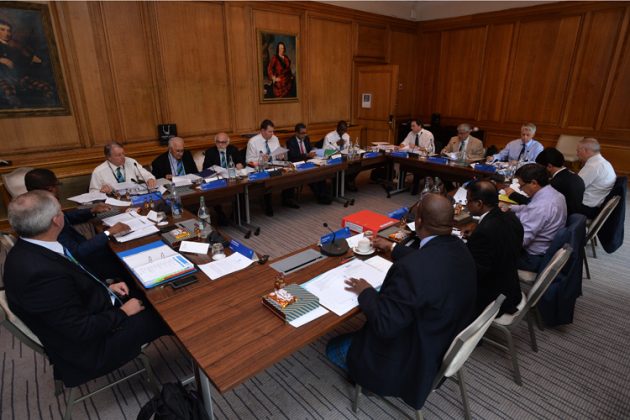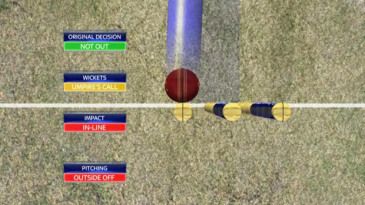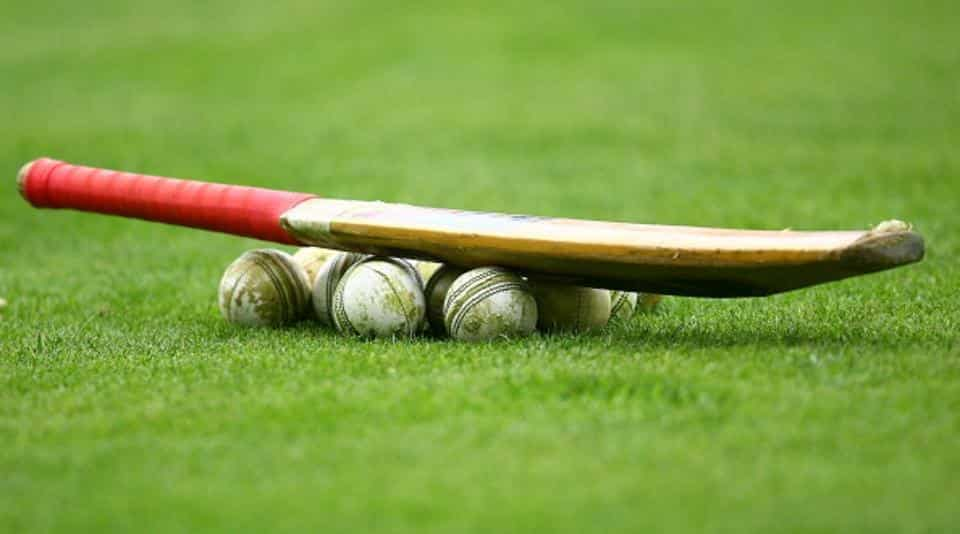iluvparis
Import Whisperer
- Apr 1, 2005
- 50,055
- 40,651
- AFL Club
- Carlton
- Other Teams
- Calgary Flames, Man Utd
Or this
Follow along with the video below to see how to install our site as a web app on your home screen.
Note: This feature may not be available in some browsers.
LIVE: Richmond v Melbourne - 7:25PM Wed
Squiggle tips Demons at 77% chance -- What's your tip? -- Team line-ups »
There was a trial in 2013 where fixed cameras were set up for a test match to judge no balls. ICC said that it was cost prohibitive for all other tests.What does everybody think? Watching the first test everyone is bagging the umps (rightly in the case of No Balls/but which should be up to technology to call or better get rid of the front foot rule and just do back foot) but some of the overturned decisions were bizarre.
1) The LBWs. Hawkeye dramatically over estimates the bounce. How often is a spinner bowling it lands half way down hits the knee roll only to be ruled clearing the stumps. Give me a break.
2) Hot Spot. Snicko. While these are good there is too much emphasis on these. Like the Cummins one. His pad and arms blocked the wrist strap of his golve where the ball hit. Yet the 3rd ump said because there was no hot spot the decision was over turned.
I'd have this like the Goal ump in footy. In that the umpire gives his call it goes upstairs and then the 3rd umpire decides. Either over turned/upheld or back to umpires call. Use any relevant technology but the ultimate call should be the umpires not what the "inaccurate" technology is telling them.
It may appear that way with the bounce but I don’t think it over estimates it significantly. Especially with a guy like Lyon when the batsmans forward it’s unlikely to be hitting.What does everybody think? Watching the first test everyone is bagging the umps (rightly in the case of No Balls/but which should be up to technology to call or better get rid of the front foot rule and just do back foot) but some of the overturned decisions were bizarre.
1) The LBWs. Hawkeye dramatically over estimates the bounce. How often is a spinner bowling it lands half way down hits the knee roll only to be ruled clearing the stumps. Give me a break.
2) Hot Spot. Snicko. While these are good there is too much emphasis on these. Like the Cummins one. His pad and arms blocked the wrist strap of his golve where the ball hit. Yet the 3rd ump said because there was no hot spot the decision was over turned.
I'd have this like the Goal ump in footy. In that the umpire gives his call it goes upstairs and then the 3rd umpire decides. Either over turned/upheld or back to umpires call. Use any relevant technology but the ultimate call should be the umpires not what the "inaccurate" technology is telling them.
Question marks on the accuracy of the Decision Review System (DRS) have now come up in two successive matches in the ongoing India-Australia series, with Virat Kohli making his displeasure public, saying "it's just not consistent at all" following an overturned review for caught-behind of Ashton Turner during a crucial passage of play in the fourth ODI in Mohali on Sunday.
I have an issue that no balls are only checked if a wicket is taken. Now while I understand that batsman should not be given out if it’s a no ball the problem is that if you are not going to check every ball then you should not be checking wicket balls.
Don’t mind the DRS in general but hate the review situation. Players should be left out of it. If the third umpire thinks a decision is wrong he should intervene and go through his process.
This system blows up when the captain wants to challenge but the third umpires just goes with the on field umpires call, only to find out later the batsmen would have been out.Lets just take the Lyon non LBW call in the last test as an example. Umpire gives it not out, third umpire immediately tells the umpire he is going to look at this and the third umpire gets the call right. Players cannot challenge a decision it is simply left to the umpires. No soft calls, ball is either hitting the stumps or not. Either they believe in the system or they don't.
There is no need at all for any captain to have to worry about how many times he can challenge, or when to challenge. Take it out of their hands. It's a bloody joke at the moment that the system is not being used for what it's initial purpose was for.




If people can watch the 1st Test Match of this Ashes and think Test matches without DRS would be better I really don't know what to say.
Oct 30, 2012 had the first changes to DRS's "tracking" decision making... from my own personal memory, before this date all DRS decisions were exactly as the tracking showed. e.g. if any of the ball is hitting any of the stumps it's out...
turns out the memories I was referring to were pretty close to correct, as you'd expect at least a few inaccuracies for being approx 10 years ago hahaI seem to have some memories of weird stuff whereby the "umpire's call" amount differed depending on different scenario's in the tracking pathway, e.g. pitching/impact/stumps...
Its probably developed with one deflection in mind, but struggles to discern which one to use when there are two sudden changes of trajectory. Especially if the first one is a relatively small change.The ball tracking seems to s**t itself pretty often when the ball hits both pads. Even completely crashed once in the most recent test because of it from memroy.
That’s not strictly a DRS issue. Dar and Wilson are both crap umpires. Perhaps their decision making would be better if they were made more accountable for their performance or lack there of, if they didn’t have technology constantly bailing them out of their bad decisions?If people can watch the 1st Test Match of this Ashes and think Test matches without DRS would be better I really don't know what to say.
I dunno, you go watch some cricket from the 80s and tell me their decision making is improved by a lack of technology bailing them out.That’s not strictly a DRS issue. Dar and Wilson are both crap umpires. Perhaps their decision making would be better if they were made more accountable for their performance or lack there of, if they didn’t have technology constantly bailing them out of their bad decisions?
But how do we know that teams wouldn’t have used up their challenges and not copped the howlers in the 80s?I dunno, you go watch some cricket from the 80s and tell me their decision making is improved by a lack of technology bailing them out.
